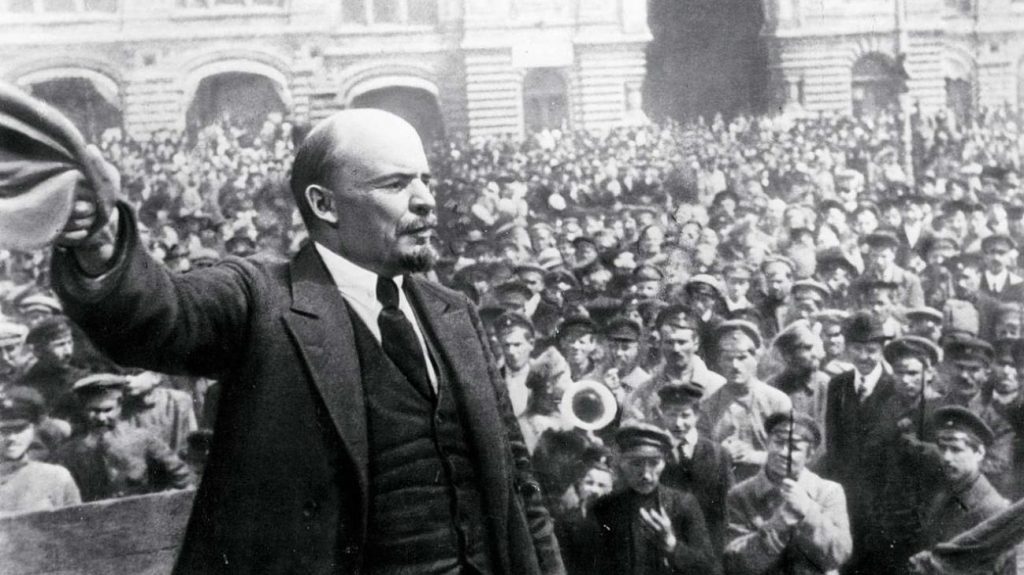
In 1927 The Fall Of The Romanov Dynasty was completed and released. Commissioned a year earlier by the Sovkino, The Fall Of The Romanov Dynasty was the first documentary film to be made entirely of found footage. In this case “found footage” means hours and hours of newsreel footage that was shot between 1910 and 1917 during the final years of Nicholas II’s reign. This is the first “compilation film”, and it was directed by a woman; Esfir Shub.
Esfir Shub, an early feminist, is one of the great unsung masters of Soviet montage; an equal to the more popularly canonized Dziga Vertov. Shub was Jewish, raised in Ukraine, and got her start in the Soviet film industry working alongside Sergei Eisenstein as a film editor. Later in life Shub would become more active as a writer than as a filmmaker, penning a number of articles on film theory.
The Fall Of The Romanov Dynasty, one of the few films by Shub available today, is a master class in the potential for montage to bring life to material which, on its own (Tsarist era newsreels), lacks a sense of aesthetic direction and thought. In a single sequence meant to establish Moscow as the great Russian metropolis Shub has cut together images of the city from a plethora of original sources. The alignment of these images, the rapid succession of cuts from one image to another, creates a condensed version of the “city film”. This tactic, and the sensibilities behind it, speak to Shub’s great skill not only as an editor but as an archivist and historian.
Her choice to exclusively employ films that were already shot to obtain an objective view of her subject cannot be under-appreciated in terms of the audacity and confidence of spirit. Add to that the fact that The Fall Of The Romanov Dynasty is but the first in a trilogy of trailblazing “compilation films” that were all released within the two year span of 1927 and 1928. All this makes a really good case for Esfir Shub’s inclusion (with Vertov, Eisenstein and Dovzhenko) in our standard survey of film history text books as one of the great auteurs of early Soviet cinema.
